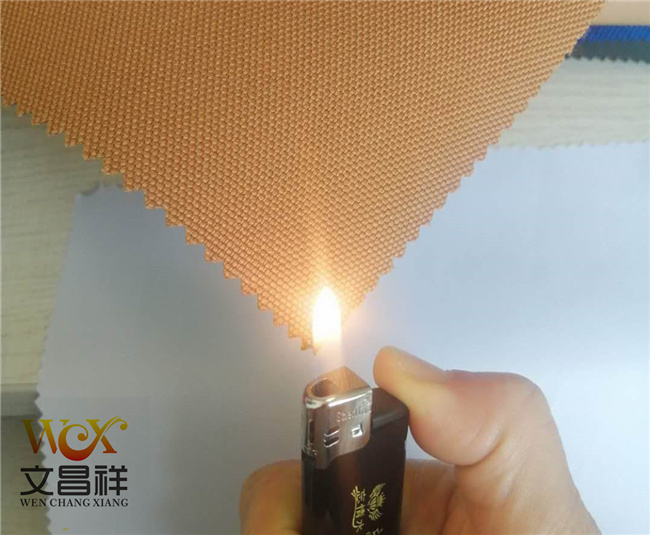According to its literal meaning, we can also understand that this kind of fireproof cloth can prevent the spread of fire, and its flame retardant performance is still very good. Some are made of glass fiber, and some are made of basalt fiber. , so its classification is also diverse.

There are two methods of fire protection for fire-retardant fabrics. One is to copolymerize flame retardant monomers with polymers or add flame retardants to the polymer, and then process them into blended fibers, which are then woven into flame-retardant fabrics. ; Another method is the post-finishing process, which is to treat the Oxford cloth with flame retardant by spraying, padding or coating. When encountering fire, the flame retardant will undergo physical and chemical reactions to achieve fire resistance. burning effect.
Fire-resistant cloth is also called flame-retardant cloth, which can be used as a fire-proof curtain. If a fire occurs, fireproof cloth can reduce the damage caused by the disaster. Fireproof cloth can give full play to its own advantages. In the event of a fire, it can help people escape from the fire scene quickly. Its flame retardant properties can help people escape, create more opportunities, increase the possibility of survival, and protect themselves at the same time.

This kind The characteristics of fire-retardant fabrics are that they can withstand high temperatures, are anti-corrosion, and have relatively high strength. They are a high-performance composite material.
Oxford cloth specifications: 1680D, 1200D, 900D, 600D, 420D, 300D, 210D, 150D, etc.
Oxford cloth functional classification: flame retardant Oxford cloth, waterproof Oxford cloth, PVC Oxford cloth, pu Oxford cloth, camouflage Oxford cloth, fluorescent Oxford cloth, printed Oxford cloth, composite Oxford cloth, etc.
</p







